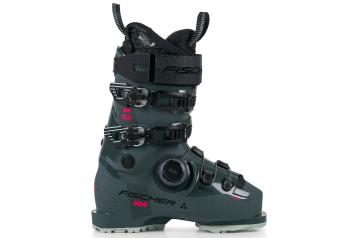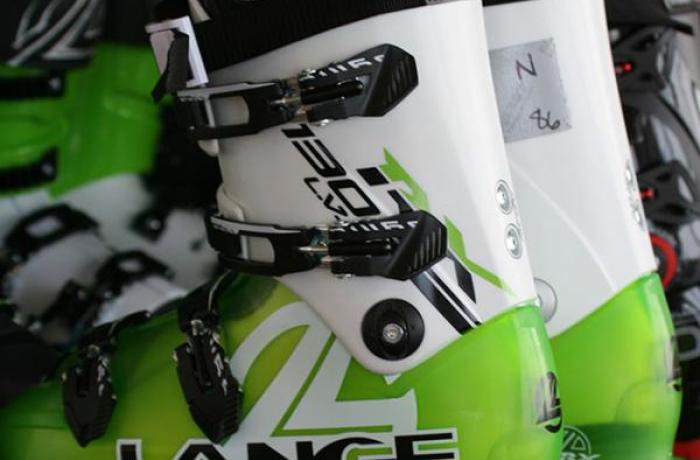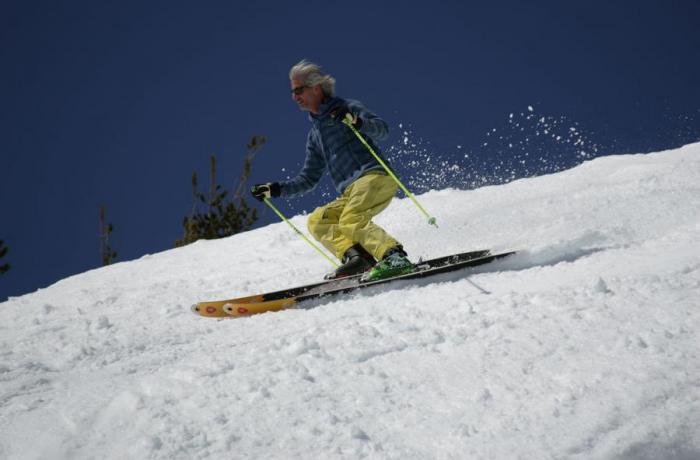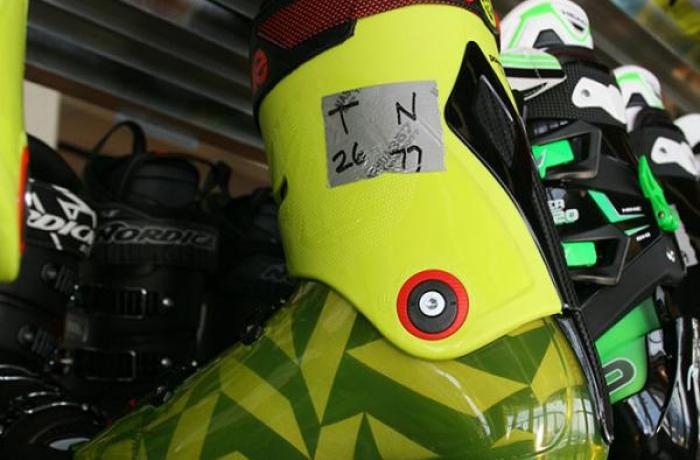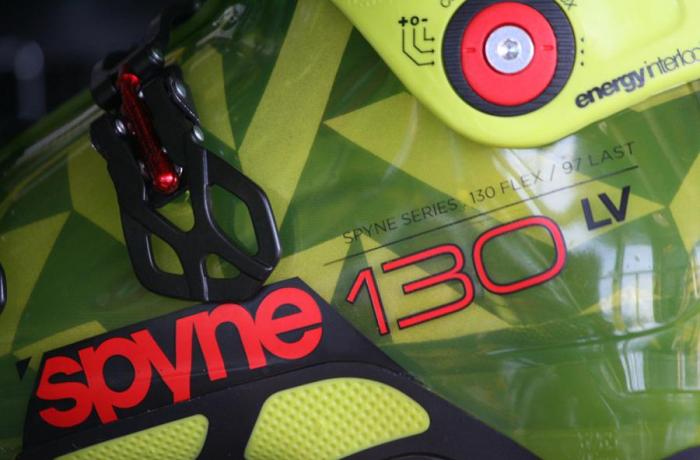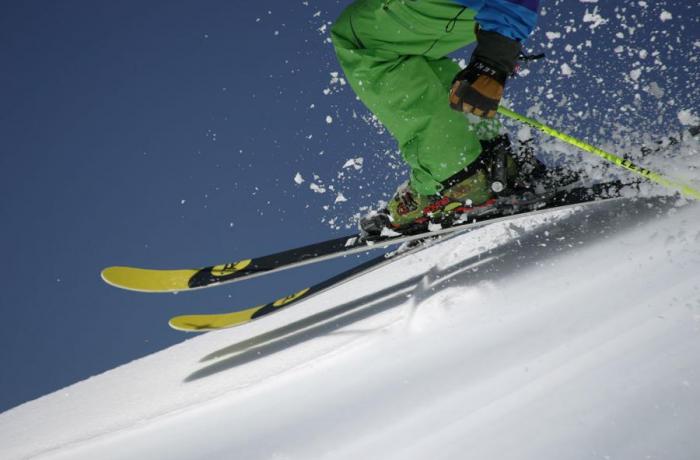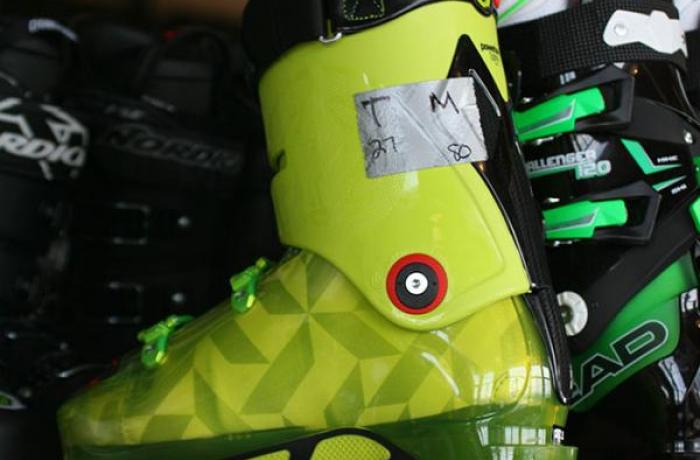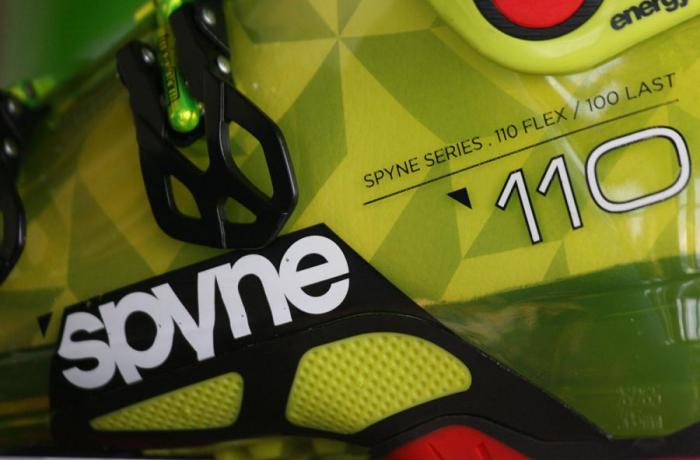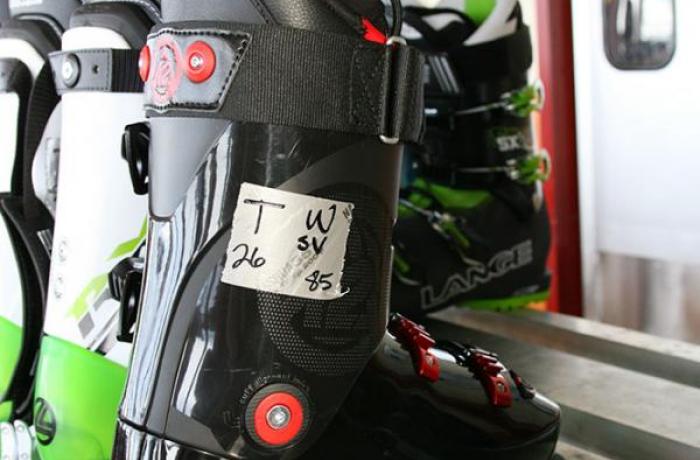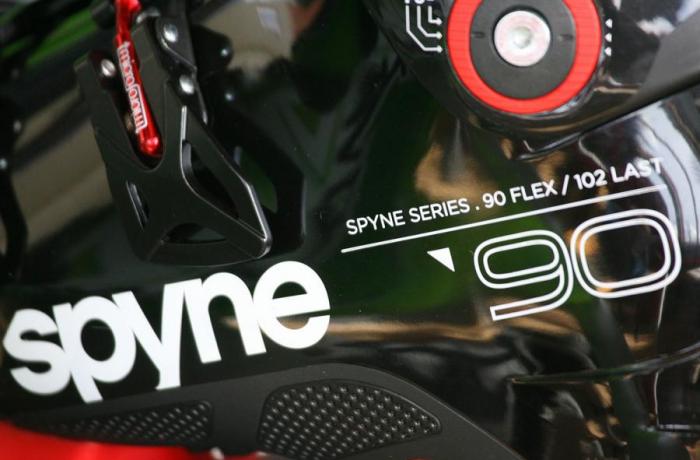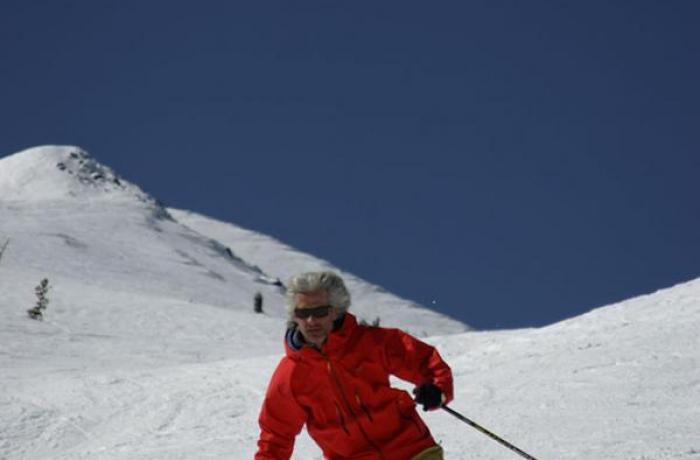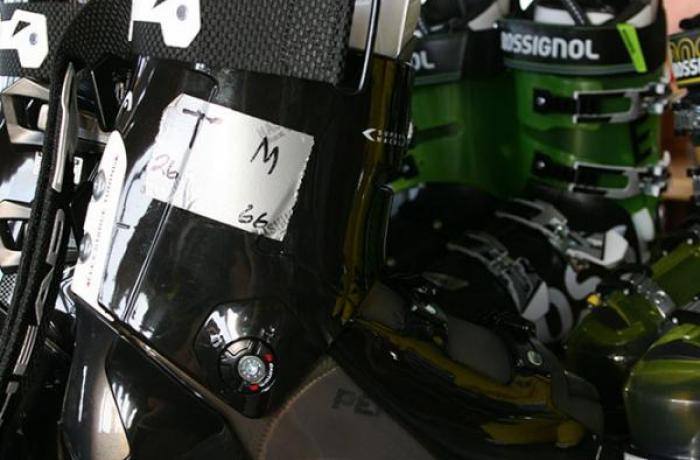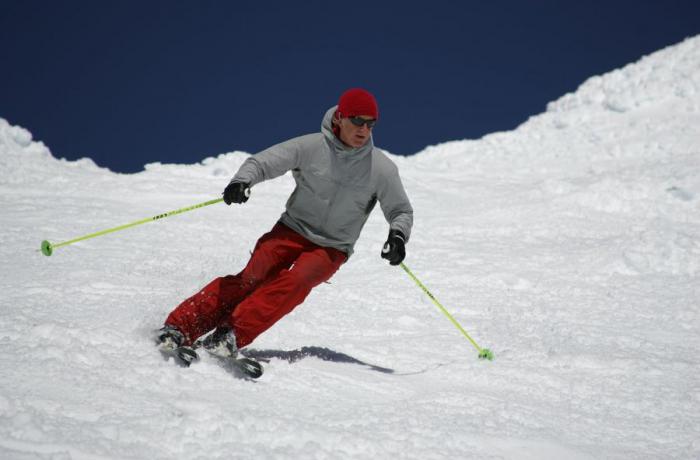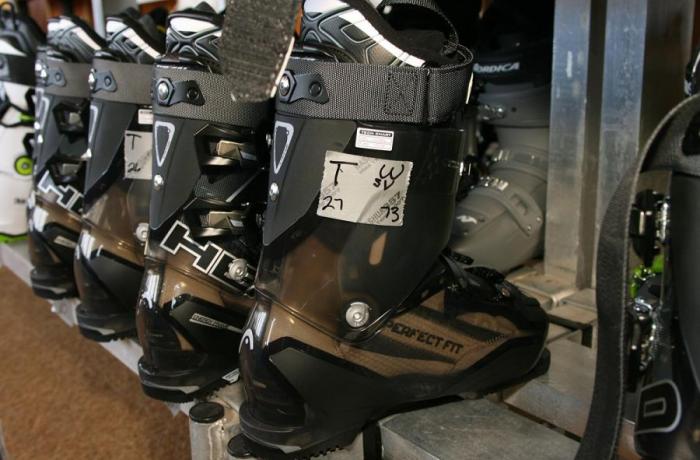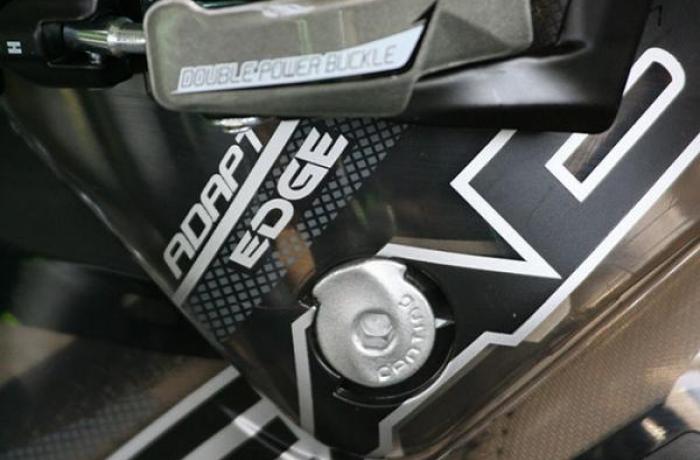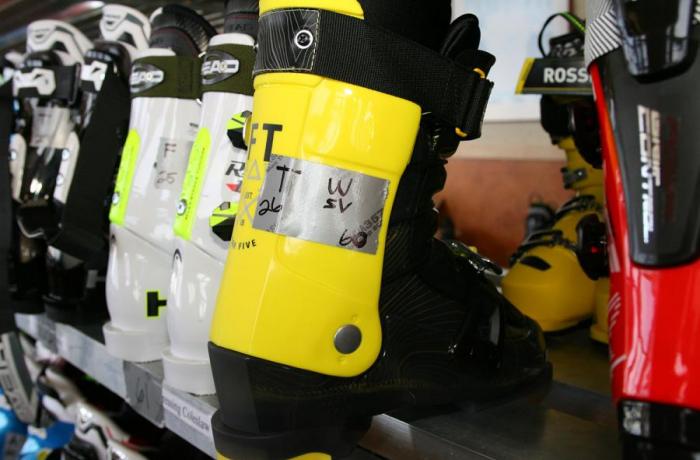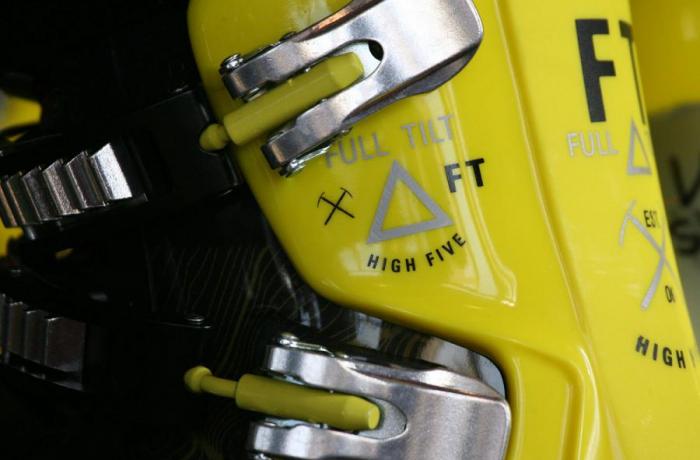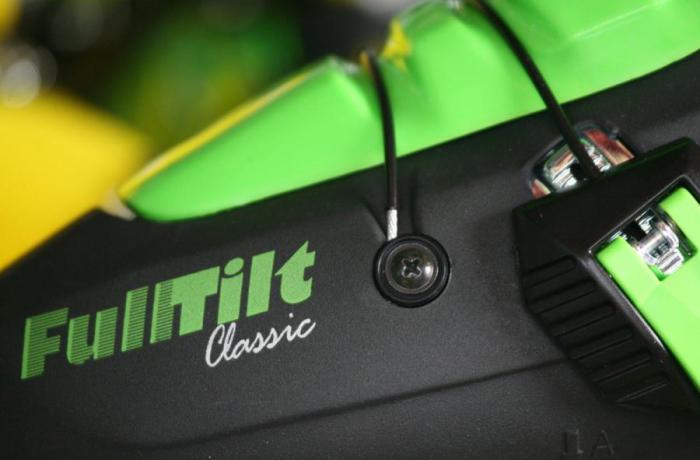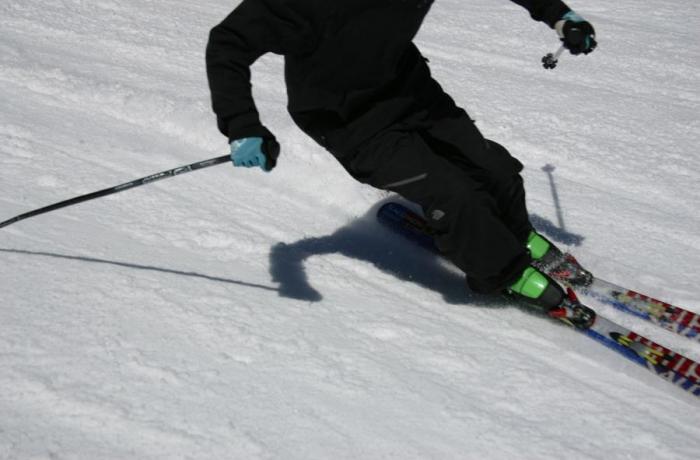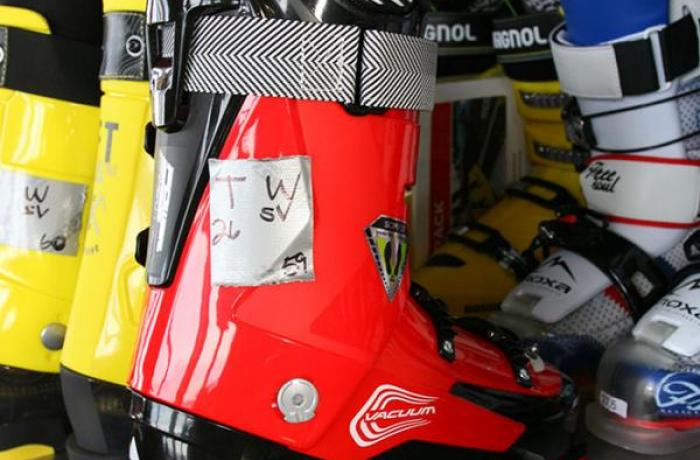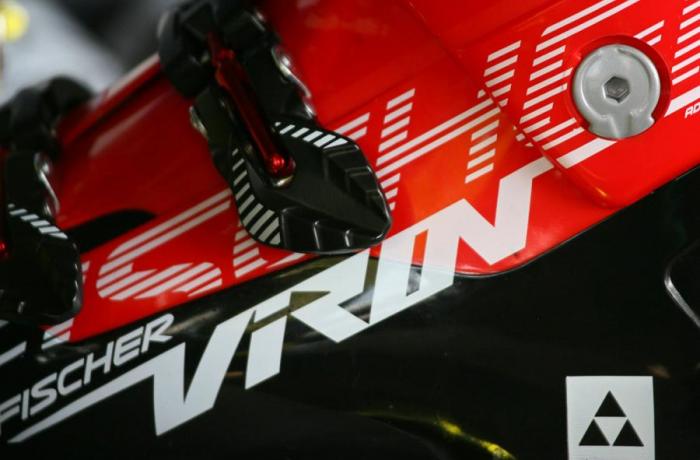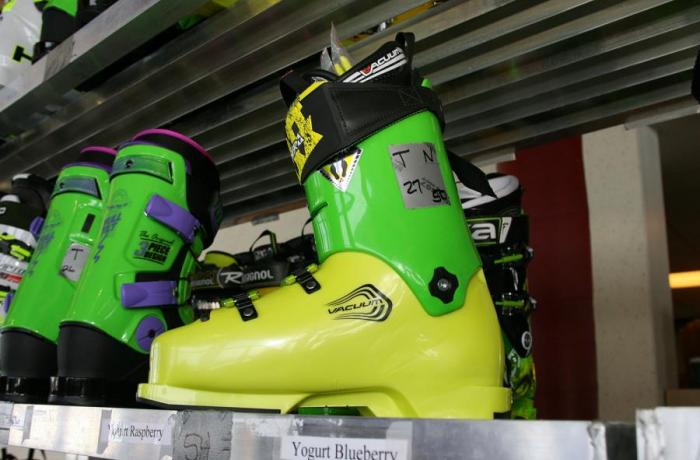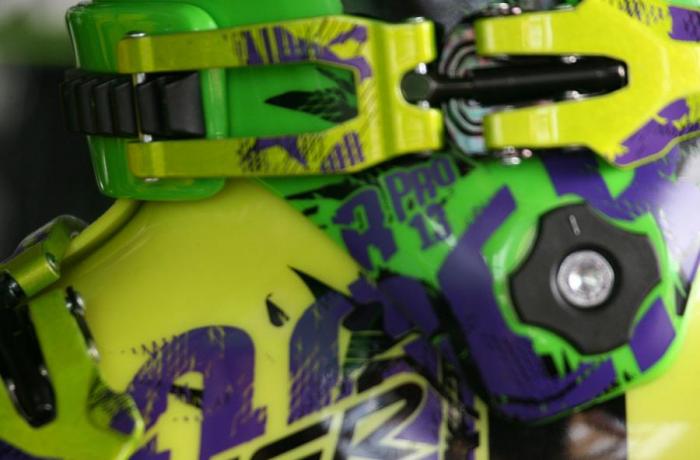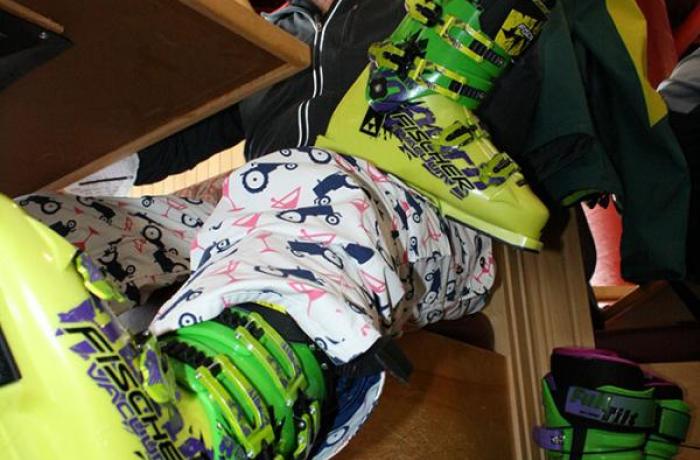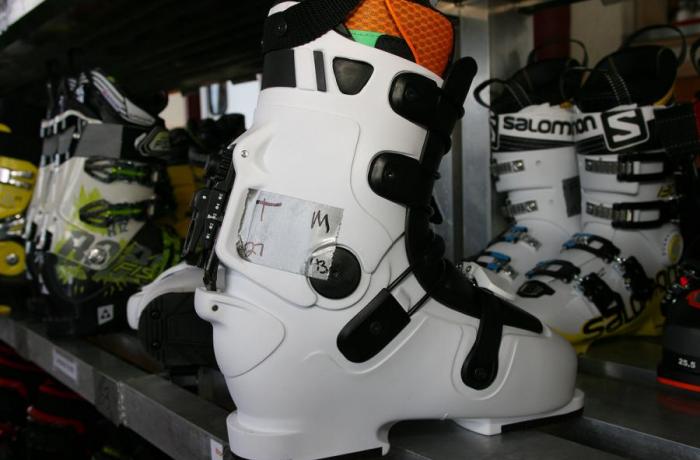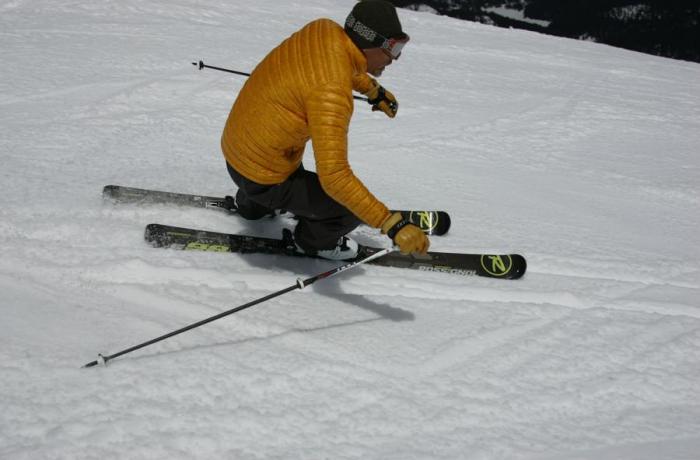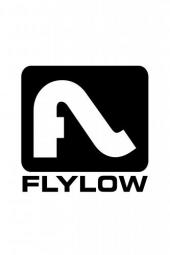Lange has long been known as a performance brand, dating back to its domination of the 1968 Grenoble (France) Olympics where it captured five of the six Alpine gold medals awarded. But if you don't think of Lange boots as comfort and convenience players then you haven't been paying attention the last few years. Of all the brands, we think Lange has struck the best balance between performance, fit, stance and convenience across its range. This observation comes from multiple years of recent boot testing where Lange models have topped each category.
The RX chassis has become benchmark for the combination of elements listed above, to the point of becoming a category fixture--changing little each year, yet maintaining its pack leader status. One of the things we like about the RX boot is how Lange refuses to make changes for change sake alone—there's just no reason to change a winning recipe.
For this year, we’re treated to a slightly different external layer on the liner and a stitching modification on the tongue. As a test team that's seen many great boots disappear simply because the factory felt the need to make a change for marketing purposes, we applaud the fact that Lange continues to send this winning horse to the post even as it ages up.
As far as narrow boots go, the RX 130 LV is not abusively tight. Testers put it in the middle of the narrow group for fit tension. And they mentioned it has a slightly longer fit and a bit more toebox room than many other narrows.
A few testers mentioned that the forward flex felt a little softer and longer-traveling than other 130's, which most testers liked for easing the shin fit in off-piste bashing. This is the nature of many 130 and 120 flex boots now—slightly softer in flex than expected but still laterally and torsionally stable for driving a ski on edge. This is a good combination for the vast majority of skiers who want a performance step-up without a rigid feel against the shin or difficult entry and exit.
